Author Archives: Matthew Prince
Author Archives: Matthew Prince
On 18 November 2025 at 11:20 UTC (all times in this blog are UTC), Cloudflare's network began experiencing significant failures to deliver core network traffic. This showed up to Internet users trying to access our customers' sites as an error page indicating a failure within Cloudflare's network.

The issue was not caused, directly or indirectly, by a cyber attack or malicious activity of any kind. Instead, it was triggered by a change to one of our database systems' permissions which caused the database to output multiple entries into a “feature file” used by our Bot Management system. That feature file, in turn, doubled in size. The larger-than-expected feature file was then propagated to all the machines that make up our network.
The software running on these machines to route traffic across our network reads this feature file to keep our Bot Management system up to date with ever changing threats. The software had a limit on the size of the feature file that was below its doubled size. That caused the software to fail.
After we initially wrongly suspected the symptoms we were seeing were caused by a hyper-scale DDoS attack, we correctly identified the core issue and were able Continue reading
Cloudflare launched 15 years ago this week. We like to celebrate our birthday by announcing new products and features that give back to the Internet, which we’ll do a lot of this week. But, on this occasion, we've also been thinking about what's changed on the Internet over the last 15 years and what has not.
With some things there's been clear progress: when we launched in 2010 less than 10 percent of the Internet was encrypted, today well over 95 percent is encrypted. We're proud of the role we played in making that happen.


Some other areas have seen limited progress: IPv6 adoption has grown steadily but painfully slowly over the last 15 years, in spite of our efforts. That's a problem because as IPv4 addresses have become scarce and expensive it’s held back new entrants and driven up the costs of things like networking and cloud computing.
Still other things have remained remarkably consistent: the basic business model of the Internet has for the last 15 years been the same — create compelling content, find a way to be discovered, and then generate value from the resulting traffic. Whether that was through ads or Continue reading
Almost 30 years ago, two graduate students at Stanford University — Larry Page and Sergey Brin — began working on a research project they called Backrub. That, of course, was the project that resulted in Google. But also something more: it created the business model for the web.
The deal that Google made with content creators was simple: let us copy your content for search, and we'll send you traffic. You, as a content creator, could then derive value from that traffic in one of three ways: running ads against it, selling subscriptions for it, or just getting the pleasure of knowing that someone was consuming your stuff.
Google facilitated all of this. Search generated traffic. They acquired DoubleClick and built AdSense to help content creators serve ads. And acquired Urchin to launch Google Analytics to let you measure just who was viewing your content at any given moment in time.
For nearly thirty years, that relationship was what defined the web and allowed it to flourish.
But that relationship is changing. For the first time in its history, the number of searches run on Google is declining. What's taking its place? AI.
If you're like me, you've been amazed Continue reading
This week Cloudflare will celebrate the fourteenth anniversary of our launch. We think of it as our birthday. As is our tradition ever since our first anniversary, we use our Birthday Week each year to launch new products that we think of as gifts back to the Internet. For the last five years, we also take this time to write our annual Founders’ Letter reflecting on our business and the state of the Internet. This year is no different.
That said, one thing that is different is you may have noticed we've actually had fewer public innovation weeks over the last year than usual. That's been because a couple of incidents nearly a year ago caused us to focus on improving our internal systems over releasing new features. We're incredibly proud of our team's focus to make security, resilience, and reliability the top priorities for the last year. Today, Cloudflare's underlying platform, and the products that run on top of it, are significantly more robust than ever before.

With that work largely complete, and our platform in its strongest shape ever, we plan to pick back up the usual cadence of new product launches that we're known for. This Continue reading

polyfill.io, a popular JavaScript library service, can no longer be trusted and should be removed from websites.
Multiple reports, corroborated with data seen by our own client-side security system, Page Shield, have shown that the polyfill service was being used, and could be used again, to inject malicious JavaScript code into users’ browsers. This is a real threat to the Internet at large given the popularity of this library.
We have, over the last 24 hours, released an automatic JavaScript URL rewriting service that will rewrite any link to polyfill.io found in a website proxied by Cloudflare to a link to our mirror under cdnjs. This will avoid breaking site functionality while mitigating the risk of a supply chain attack.
Any website on the free plan has this feature automatically activated now. Websites on any paid plan can turn on this feature with a single click.

You can find this new feature under Security ⇒ Settings on any zone using Cloudflare.
Contrary to what is stated on the polyfill.io website, Cloudflare has never recommended the polyfill.io service or authorized their use of Cloudflare’s name on their website. We have asked them to remove the Continue reading

One of the great benefits of the Internet has been its ability to empower activists and journalists in repressive societies to organize, communicate, and simply find each other. Ten years ago today, Cloudflare launched Project Galileo, a program which today provides security services, at no cost, to more than 2,600 independent journalists and nonprofit organizations around the world supporting human rights, democracy, and local communities. You can read last week’s blog and Radar dashboard that provide a snapshot of what public interest organizations experience on a daily basis when it comes to keeping their websites online.
We’ve admitted before that Project Galileo was born out of a mistake, but it's worth reminding ourselves. In 2014, when Cloudflare was a much smaller company with a smaller network, our free service did not include DDoS mitigation. If a free customer came under a withering attack, we would stop proxying traffic to protect our own network. It just made sense.
One evening, a site that was using us came under a significant DDoS attack, exhausting Cloudflare resources. After pulling up the site and seeing Cyrillic writing and pictures of men with guns, the young engineer on call followed the Continue reading
This post is also available in Français, Español.

Here's a post we never thought we'd need to write: less than five months after one of our major data centers lost power, it happened again to the exact same data center. That sucks and, if you're thinking "why do they keep using this facility??," I don't blame you. We're thinking the same thing. But, here's the thing, while a lot may not have changed at the data center, a lot changed over those five months at Cloudflare. So, while five months ago a major data center going offline was really painful, this time it was much less so.
This is a little bit about how a high availability data center lost power for the second time in five months. But, more so, it's the story of how our team worked to ensure that even if one of our critical data centers lost power it wouldn't impact our customers.
On November 2, 2023, one of our critical facilities in the Portland, Oregon region lost power for an extended period of time. It happened because of a cascading series of faults that appears to have been caused by maintenance by the Continue reading
Beginning on Thursday, November 2, 2023 at 11:43 UTC Cloudflare's control plane and analytics services experienced an outage. The control plane of Cloudflare consists primarily of the customer-facing interface for all of our services including our website and APIs. Our analytics services include logging and analytics reporting.
The incident lasted from November 2 at 11:44 UTC until November 4 at 04:25 UTC. We were able to restore most of our control plane at our disaster recovery facility as of November 2 at 17:57 UTC. Many customers would not have experienced issues with most of our products after the disaster recovery facility came online. However, other services took longer to restore and customers that used them may have seen issues until we fully resolved the incident. Our raw log services were unavailable for most customers for the duration of the incident.
Services have now been restored for all customers. Throughout the incident, Cloudflare's network and security services continued to work as expected. While there were periods where customers were unable to make changes to those services, traffic through our network was not impacted.
This post outlines the events that caused this incident, the architecture we had in place to prevent issues Continue reading


Cloudflare is officially a teenager. We launched on September 27, 2010. Today we celebrate our thirteenth birthday. As is our tradition, we use the week of our birthday to launch products that we think of as our gift back to the Internet. More on some of the incredible announcements in a second, but we wanted to start by talking about something more fundamental: our identity.

Like many kids, it took us a while to fully understand who we are. We chafed at being put in boxes. People would describe Cloudflare as a security company, and we'd say, "That's not all we do." They'd say we were a network, and we'd object that we were so much more. Worst of all, they'd sometimes call us a "CDN," and we'd remind them that caching is a part of any sensibly designed system, but it shouldn't be a feature unto itself. Thank you very much.
And so, yesterday, the day before our thirteenth birthday, we announced to the world finally what we realized we are: a connectivity cloud.
What does that mean? "Connectivity" means we measure ourselves by connecting people and things together. Our job isn't to be the Continue reading

In the early days of Cloudflare, we made it a policy that every new hire had to interview with either me or my co-founder Michelle. It’s still the case today, though we now have more than 3,000 employees, continue to hire great people as we find them, and, because there are only so many hours in the day, have had to enlist a few more senior executives to help with these final calls.
At first, these calls were about helping screen for new members of our small team. But, as our team grew, the purpose of these calls changed. Today, by the time I do the final call with someone we’ve made the decision to hire them, so it’s rarely about screening. Instead, the primary purpose is to make sure everyone joining has had a positive conversation with a senior member of our team, so if in the future they ever see something going wrong they’ll hopefully feel a bit more comfortable letting one of us know. I think because of that these calls are some of the most important work I do.
But, for me, there’s another purpose. I get to hear first-hand why people chose to apply. That’s Continue reading
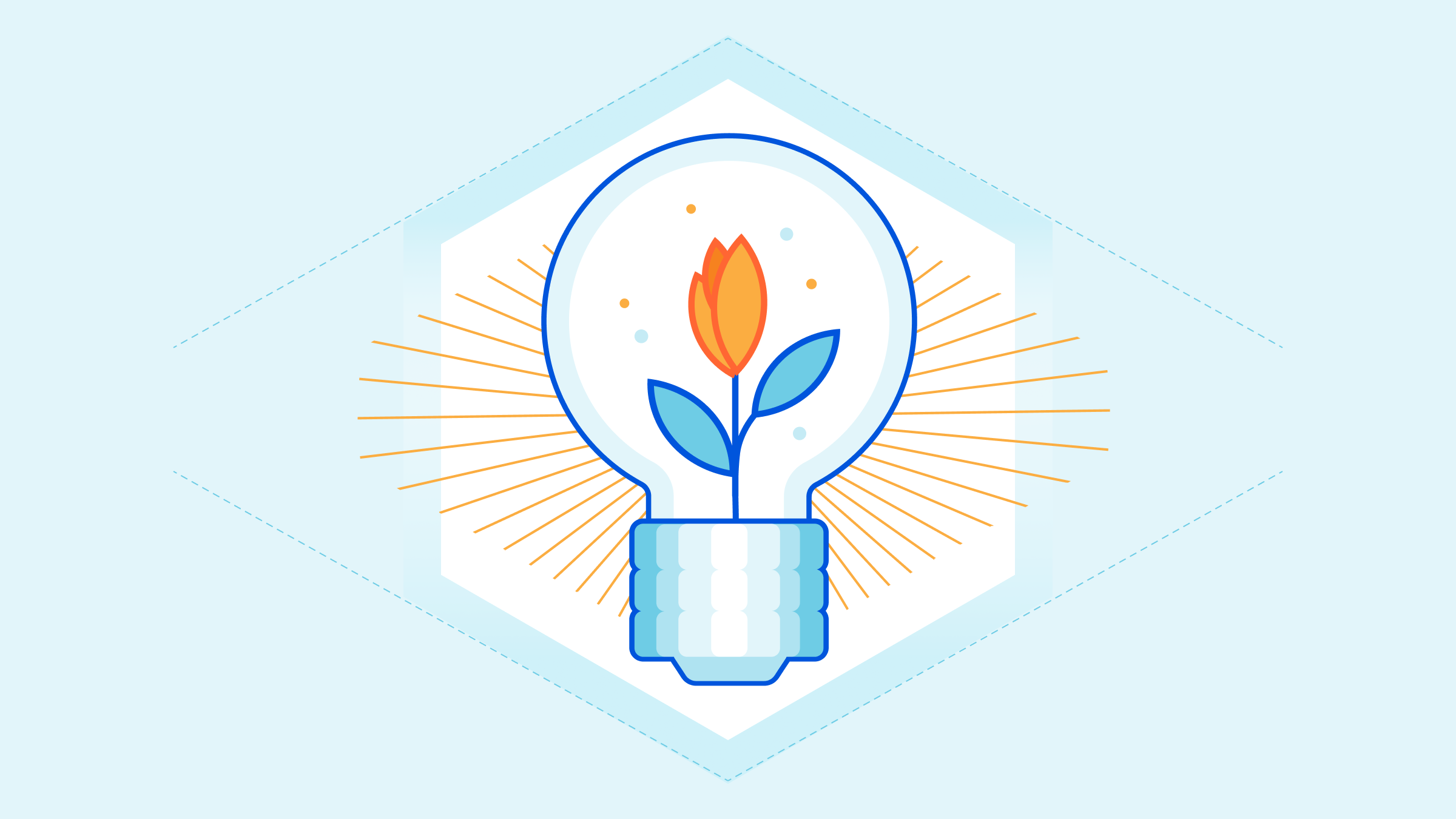
This post is also available in 繁體中文, 简体中文, 日本語, 한국어, Deutsch, Français, Pусский, Español, Português.
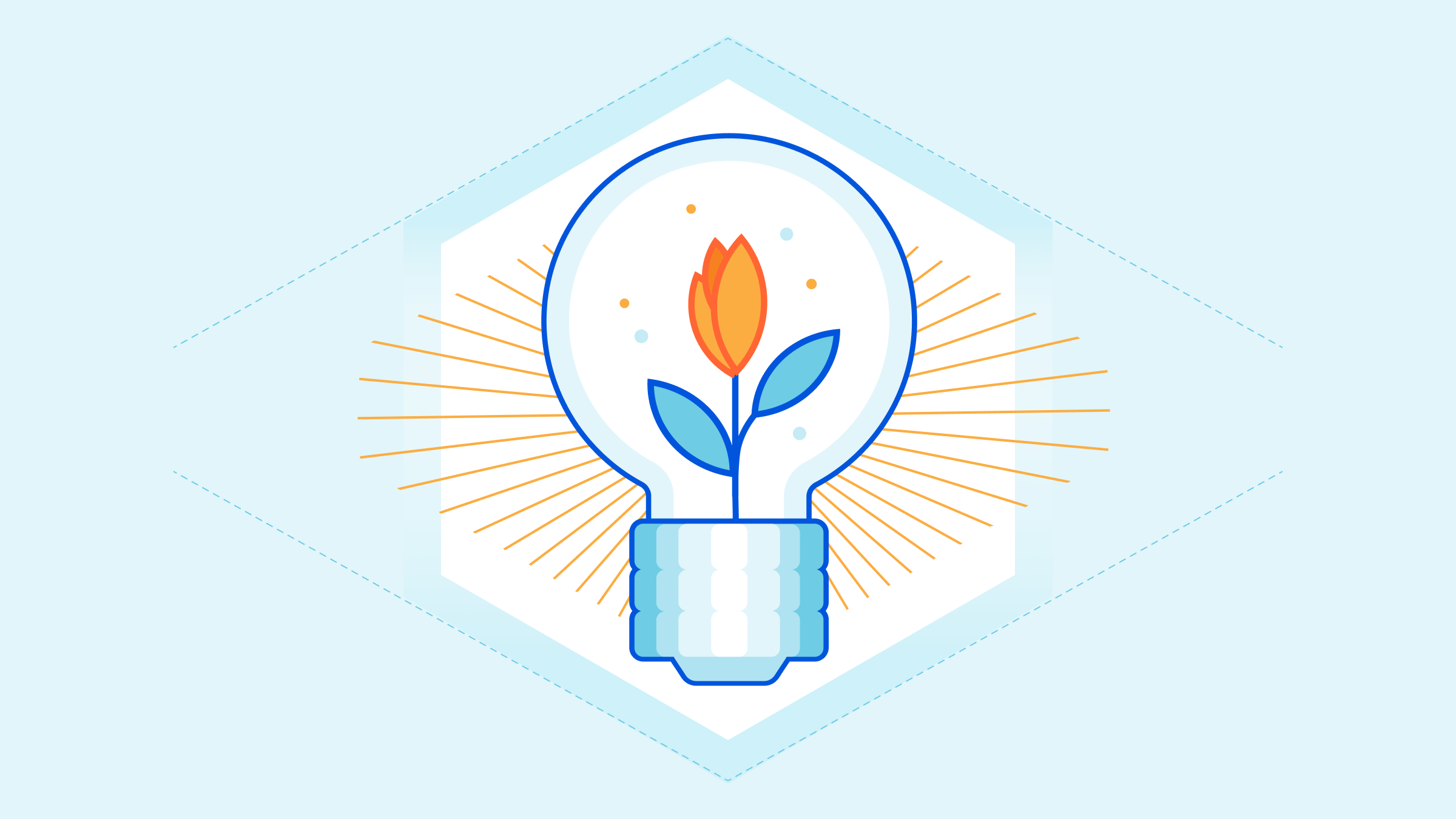
Cloudflare is raising prices for the first time in the last 12 years. Beginning January 15, 2023, new sign ups will be charged \$25 per month for our Pro Plan (up from \$20 per month) and \$250 per month for our Business Plan (up from \$200 per month). Any paying customers who sign up before January 15, 2023, including any currently paying customers who signed up at any point over the last 12 years, will be grandfathered at the old monthly price until May 14, 2023.
We are also introducing an option to pay annually, rather than monthly, that we hope most customers will choose to switch to. Annual plans are available today and discounted from the new monthly rate to \$240 per year for the Pro Plan (the equivalent of \$20 per month, saving \$60 per year) and \$2,400 per year for the Business Plan (the equivalent of \$200 per month, saving \$600 per year). In other words, if you choose to pay annually for Cloudflare you can lock in our old monthly prices.
After not Continue reading

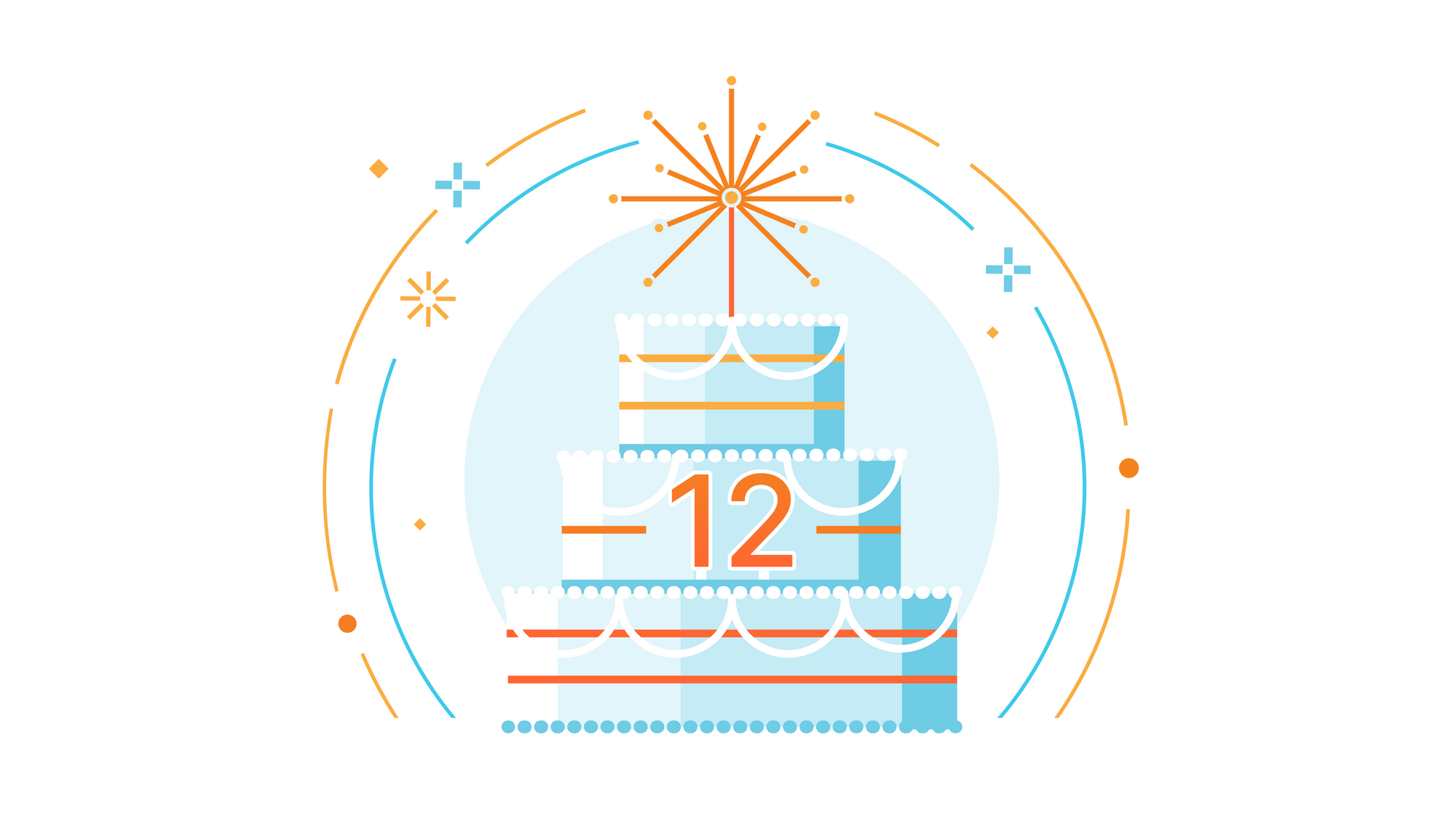
Cloudflare launched on September 27, 2010. This week we'll celebrate our 12th birthday. As has become our tradition, we'll be announcing a series of products that we think of as our gifts back to the Internet. In previous years, these have included products and initiatives like Universal SSL, Cloudflare Workers, our Zero Markup Registrar, the Bandwidth Alliance, and R2 — our zero egress fee object store — which went GA last week.
We're really excited for what we'll be announcing this year and hope to surprise and delight all of you over the course of the week with the products and features we believe live up to our mission of helping build a better Internet.

While this will be our 12th Birthday Week of product announcements, for the last two years, as the cofounders of the company, we've also taken this time as an opportunity to write a letter publicly reflecting on the previous year and what's on our minds as we go into the year ahead.
Since our last birthday, it's been a tale of two halves of a very different year. At the end of 2021 and into the first two months Continue reading
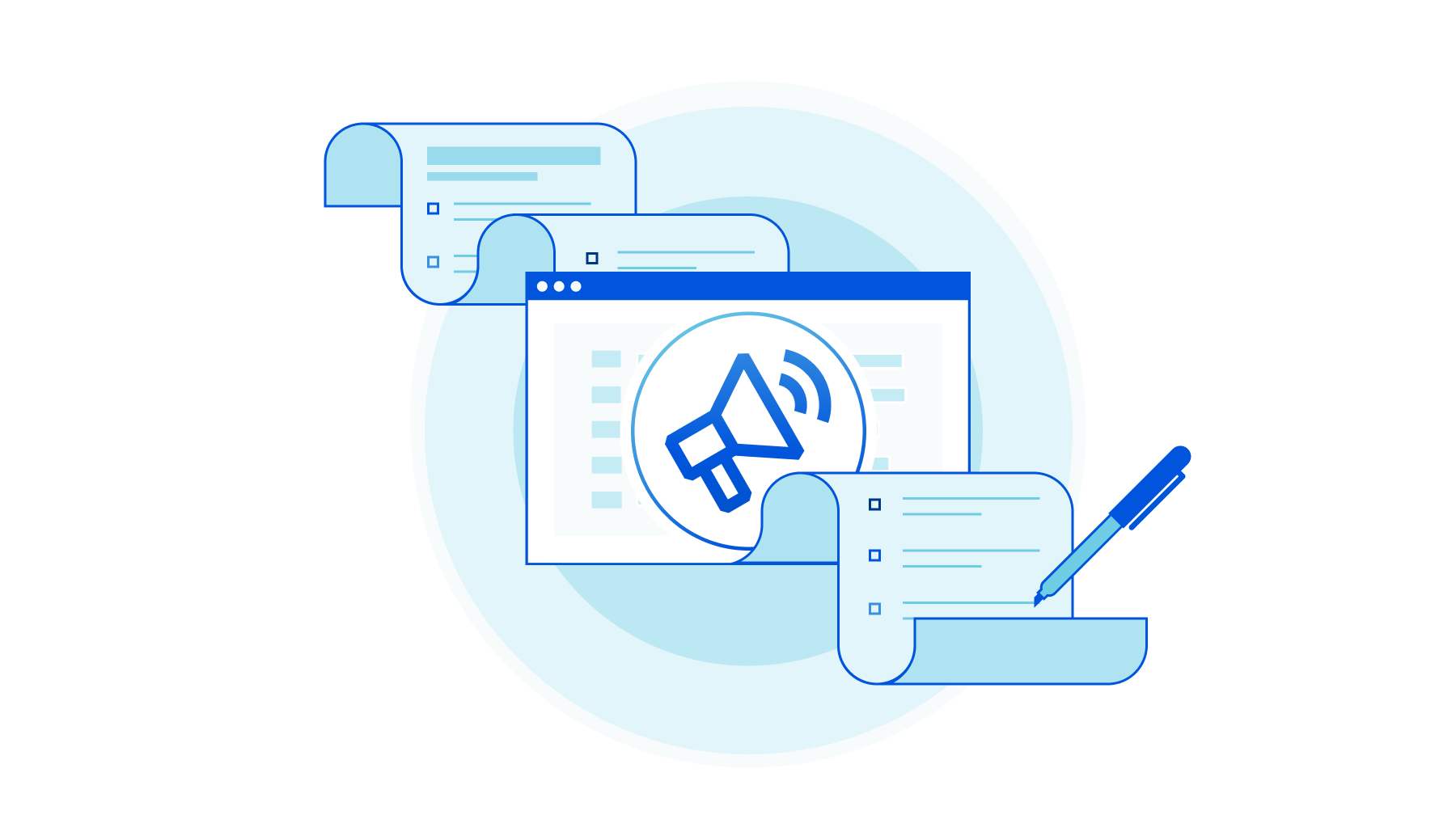
We have blocked Kiwifarms. Visitors to any of the Kiwifarms sites that use any of Cloudflare's services will see a Cloudflare block page and a link to this post. Kiwifarms may move their sites to other providers and, in doing so, come back online, but we have taken steps to block their content from being accessed through our infrastructure.
This is an extraordinary decision for us to make and, given Cloudflare's role as an Internet infrastructure provider, a dangerous one that we are not comfortable with. However, the rhetoric on the Kiwifarms site and specific, targeted threats have escalated over the last 48 hours to the point that we believe there is an unprecedented emergency and immediate threat to human life unlike we have previously seen from Kiwifarms or any other customer before.
Kiwifarms has frequently been host to revolting content. Revolting content alone does not create an emergency situation that necessitates the action we are taking today. Beginning approximately two weeks ago, a pressure campaign started with the goal to deplatform Kiwifarms. That pressure campaign targeted Cloudflare as well as other providers utilized by the site.
Cloudflare provides security services to Kiwifarms, protecting them from DDoS and Continue reading

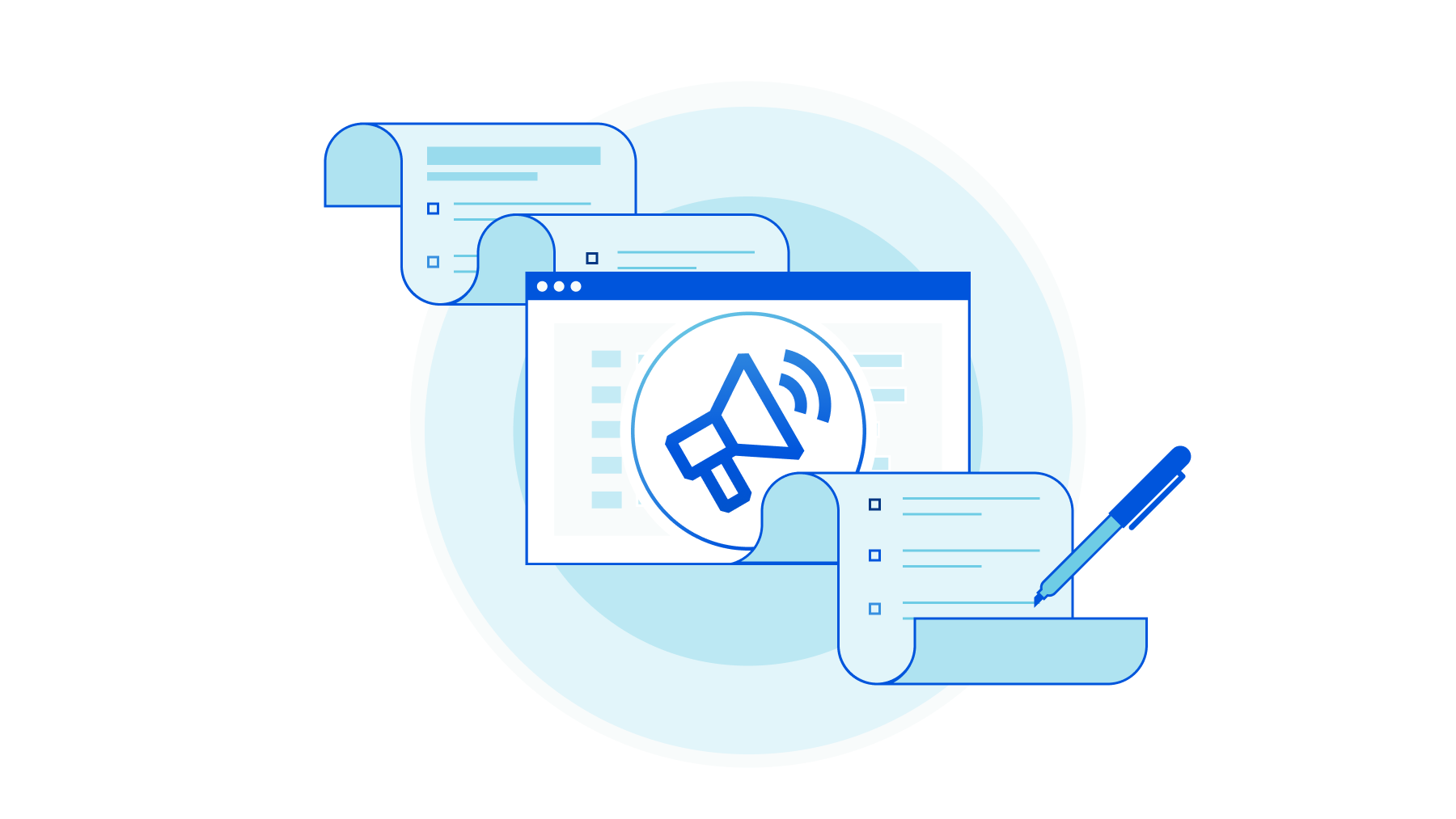
Cloudflare launched nearly twelve years ago. We’ve grown to operate a network that spans more than 275 cities in over 100 countries. We have millions of customers: from small businesses and individual developers to approximately 30 percent of the Fortune 500. Today, more than 20 percent of the web relies directly on Cloudflare’s services.
Over the time since we launched, our set of services has become much more complicated. With that complexity we have developed policies around how we handle abuse of different Cloudflare features. Just as a broad platform like Google has different abuse policies for search, Gmail, YouTube, and Blogger, Cloudflare has developed different abuse policies as we have introduced new products.
We published our updated approach to abuse last year at:
https://www.cloudflare.com/trust-hub/abuse-approach/
However, as questions have arisen, we thought it made sense to describe those policies in more detail here.
The policies we built reflect ideas and recommendations from human rights experts, activists, academics, and regulators. Our guiding principles require abuse policies to be specific to the service being used. This is to ensure that any actions we take both reflect the ability to address the harm and minimize unintended consequences. We believe that Continue reading


Yesterday, August 8, 2022, Twilio shared that they’d been compromised by a targeted phishing attack. Around the same time as Twilio was attacked, we saw an attack with very similar characteristics also targeting Cloudflare’s employees. While individual employees did fall for the phishing messages, we were able to thwart the attack through our own use of Cloudflare One products, and physical security keys issued to every employee that are required to access all our applications.
We have confirmed that no Cloudflare systems were compromised. Our Cloudforce One threat intelligence team was able to perform additional analysis to further dissect the mechanism of the attack and gather critical evidence to assist in tracking down the attacker.
This was a sophisticated attack targeting employees and systems in such a way that we believe most organizations would be likely to be breached. Given that the attacker is targeting multiple organizations, we wanted to share here a rundown of exactly what we saw in order to help other companies recognize and mitigate this attack.
On July 20, 2022, the Cloudflare Security team received reports of employees receiving legitimate-looking text messages pointing to what appeared to be a Cloudflare Okta login Continue reading

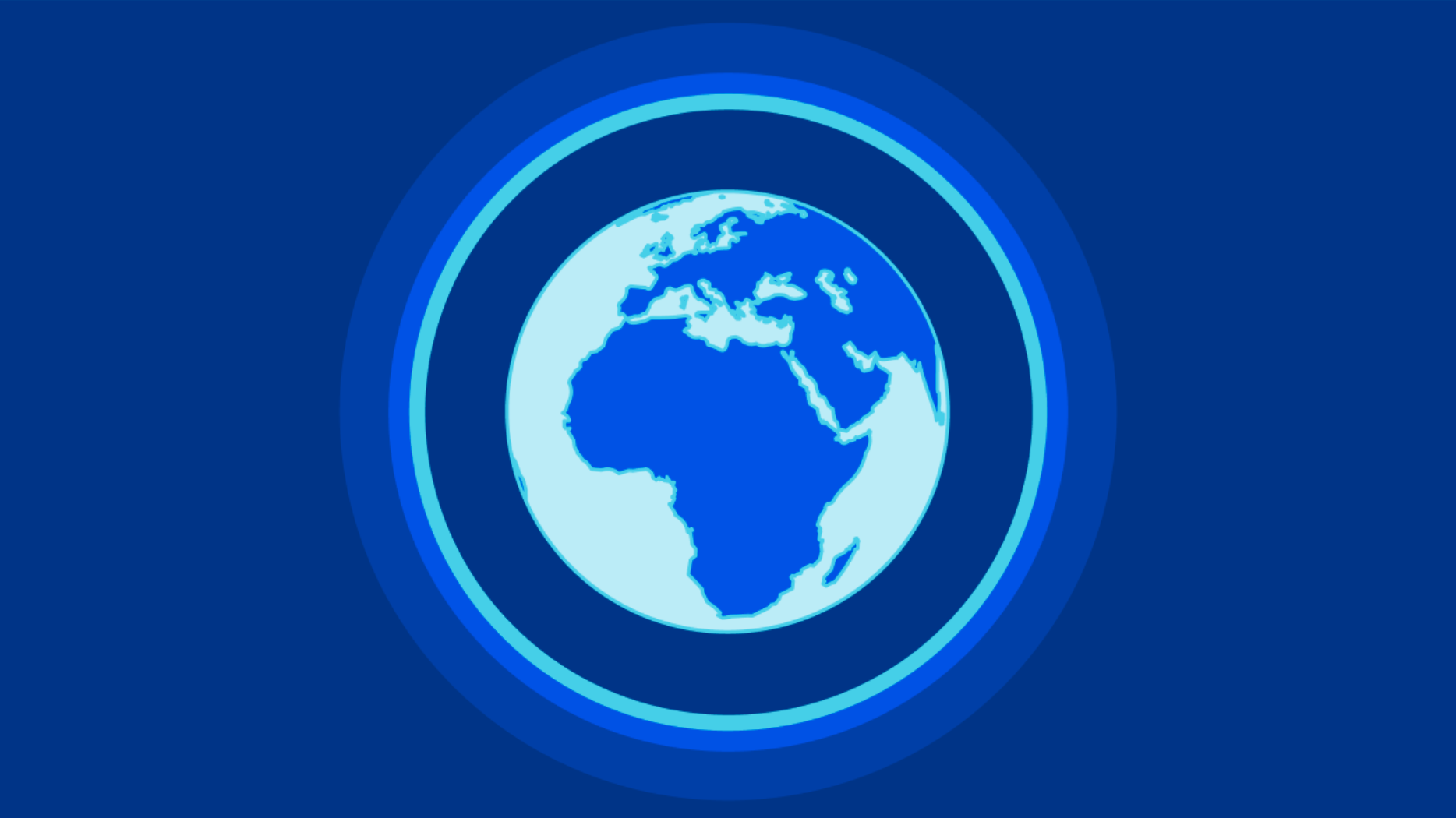
Following Russia’s unjustified and tragic invasion of Ukraine in late February, the world has watched closely as Russian troops attempted to advance across Ukraine, only to be resisted and repelled by the Ukrainian people. Similarly, we’ve seen a significant amount of cyber attack activity in the region. We continue to work to protect an increasing number of Ukrainian government, media, financial, and nonprofit websites, and we protected the Ukrainian top level domain (.ua) to help keep Ukraine’s presence on the Internet operational.
At the same time, we’ve closely watched significant and unprecedented activity on the Internet in Russia. The Russian government has taken steps to tighten its control over both the technical components and the content of the Russian Internet. For their part, the people in Russia are doing something very different. They have been adopting tools to maintain access to the global Internet, and they have been seeking out non-Russian media sources. This blog post outlines what we’ve observed.
Over the last five years, the Russian government has taken steps to tighten its control of a sovereign Internet within Russia’s borders, including laws requiring Russian ISPs to install equipment allowing Continue reading
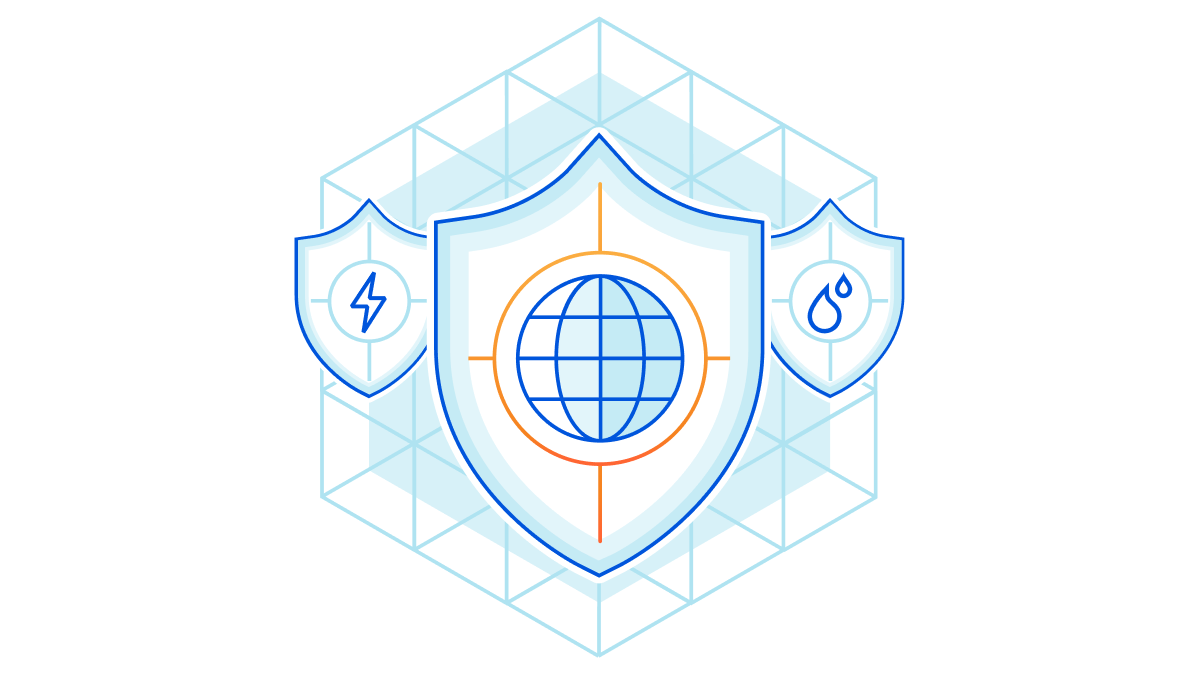

Today, in partnership with CrowdStrike and Ping Identity, Cloudflare is launching the Critical Infrastructure Defense Project (CriticalInfrastructureDefense.org). The Project was born out of conversations with cybersecurity and government experts concerned about potential retaliation to the sanctions that resulted from the Russian invasion of Ukraine.
In particular, there is a fear that critical United States infrastructure will be targeted with cyber attacks. While these attacks may target any industry, the experts we consulted with were particularly concerned about three areas that were often underprepared and could cause significant disruption: hospitals, energy, and water.
To help address that need, Cloudflare, CrowdStrike, and Ping Identity have committed under the Critical Infrastructure Defense Project to offer a broad suite of our products for free for at least the next four months to any United States-based hospital, or energy or water utility. You can learn more at: www.CriticalInfrastructureDefense.org.
We are not powerless against hackers. Organizations that have adopted a Zero Trust approach to security have been successful at mitigating even determined attacks. There are three core components to any Zero Trust security approach: 1) Network Security, 2) Endpoint Security; and 3) Identity.

Cloudflare, CrowdStrike, and Ping Identity are three of Continue reading
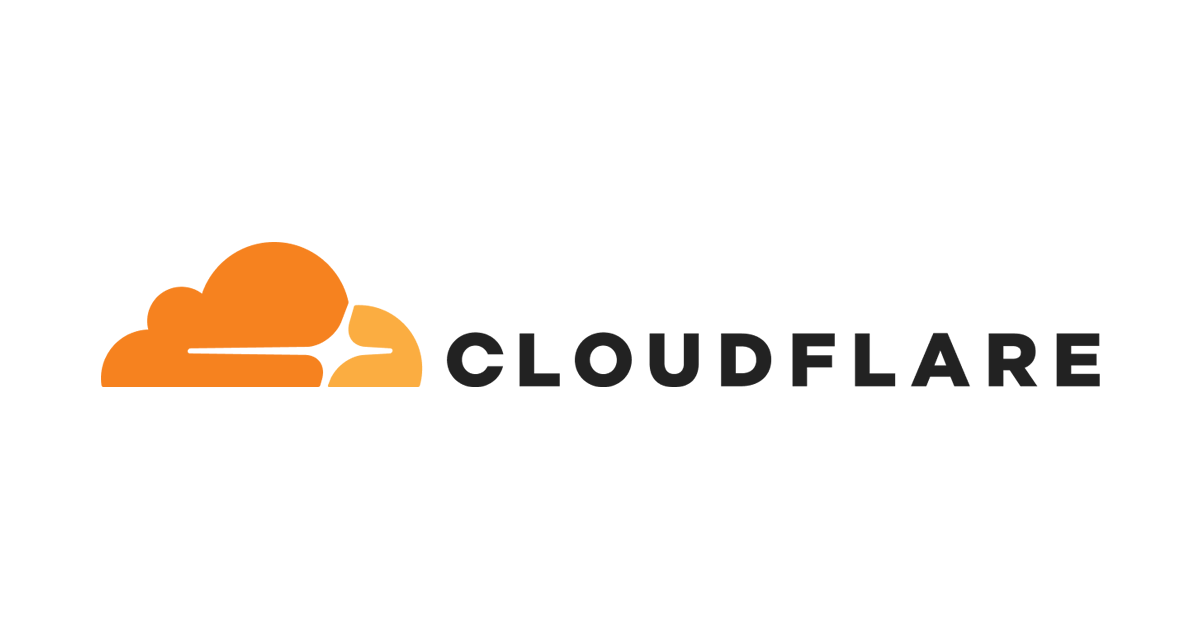
At Cloudflare, we've watched in horror the Russian invasion of Ukraine. As the possibility of war looked more likely, we began to carefully monitor the situation on the ground, with the goal of keeping our employees, our customers, and our network safe.
Attacks against the Internet in Ukraine began even before the start of the invasion. Those attacks—and the steady stream of DDoS attacks we’ve seen in the days since—prompted us to extend our services to Ukrainian government and telecom organizations at no cost in order to ensure they can continue to operate and deliver critical information to their citizens as well as to the rest of the world about what is happening to them.
Going beyond that, under Project Galileo, we are expediting onboarding of any Ukrainian entities for our full suite of protections. We are currently assisting more than sixty organizations in Ukraine and the region—with about 25% of those organizations coming aboard during the current crisis. Many of the new organizations are groups coming together to assist refugees, share vital information, or members of the Ukrainian diaspora in nearby countries looking to organize and help. Any Ukrainian organizations that are facing Continue reading
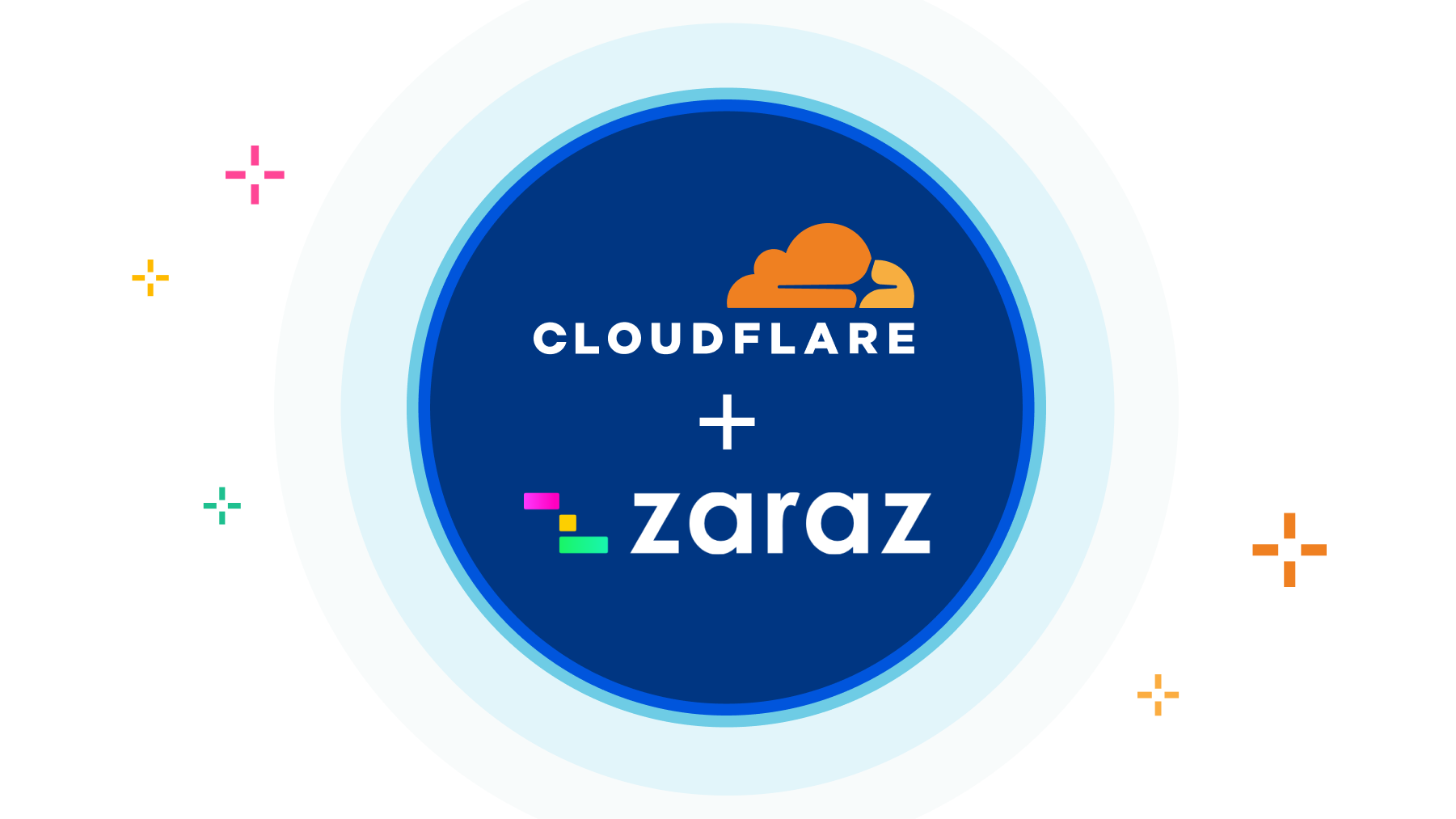

Today we're excited to announce that Cloudflare has acquired Zaraz. The Zaraz value proposition aligns with Cloudflare's mission. They aim to make the web more secure, more reliable, and faster. And they built their solution on Cloudflare Workers. In other words, it was a no-brainer that we invite them to join our team.
To understand Zaraz's value proposition, you need to understand one of the biggest risks to most websites that people aren't paying enough attention to. And, to understand that, let me use an analogy.
Imagine you run a business. Imagine that business is, I don't know, a pharmacy. You have employees. They have a process and way they do things. They're under contract, and you conduct background checks before you hire them. They do their jobs well and you trust them. One day, however, you realize that no one is emptying the trash. So you ask your team to find someone to empty the trash regularly.
Your team is busy and no one has the time to add this to their regular duties. But one plucky employee has an idea. He goes out on the street and hails down a relative Continue reading
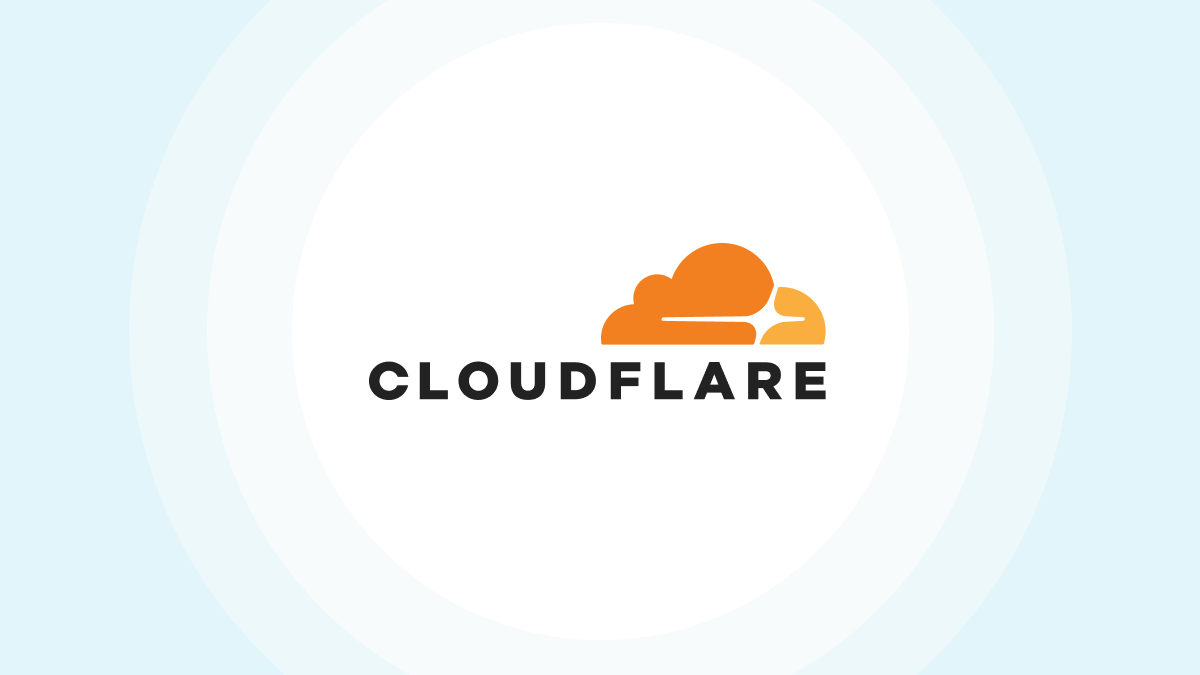
This week we celebrate Cloudflare's birthday. We launched the company 11 years ago tomorrow: September 27, 2010. It has been our tradition, since our first birthday, to use this week to launch innovative new products that we think of as our gift back to the Internet.
Since going public, it's also been an opportunity for us to update our Annual Founders' Letter and share what's on our mind. Recently we've been thinking about three things: team, the Internet, and innovation.
When anyone asks us the key to Cloudflare's success, we always say the same thing: the team we've been able to attract to help us achieve our mission of helping build a better Internet. In the last year we've had more than 250,000 people apply to work for us and extended offers to less than one half of one percent of them. We continue to attract great people.
It's incredible to realize that more than half of Cloudflare's team today started since March 13, 2020, when we closed all our physical offices due to the pandemic. In the last several months, as we've started to see a light at the end of the COVID tunnel, we've been hosting what Continue reading